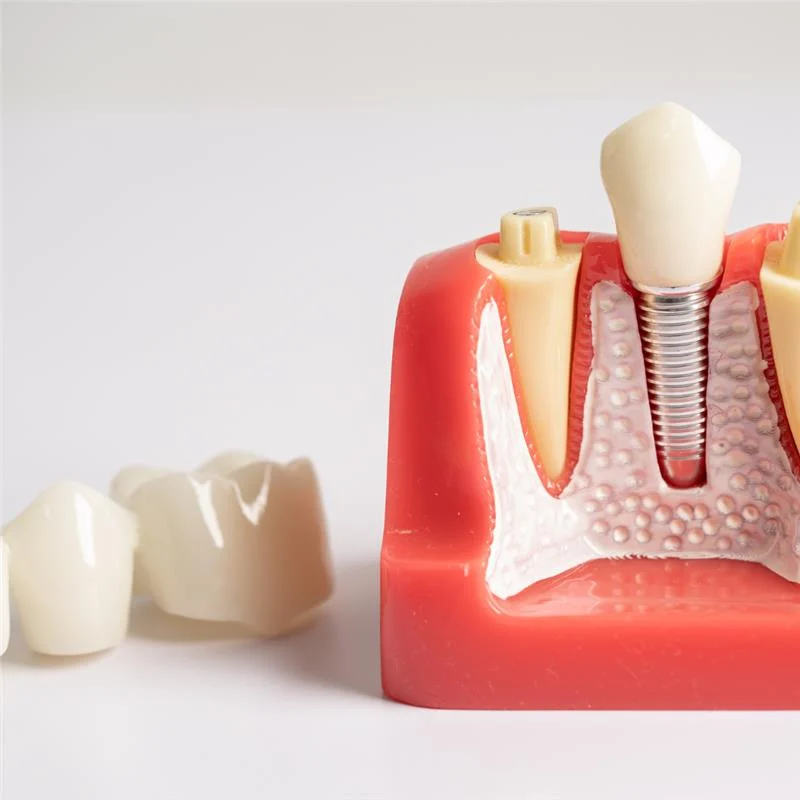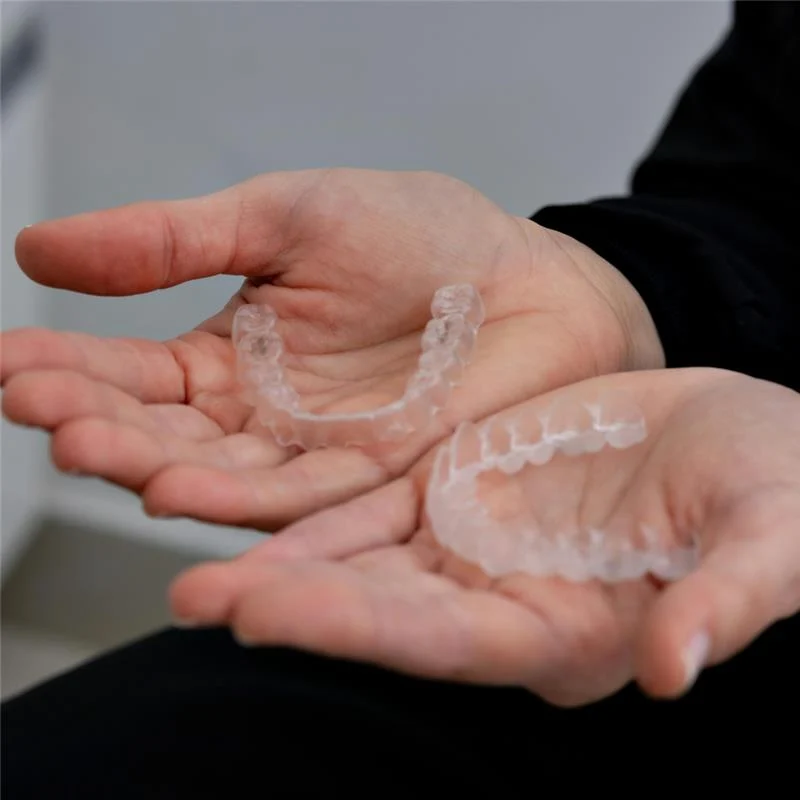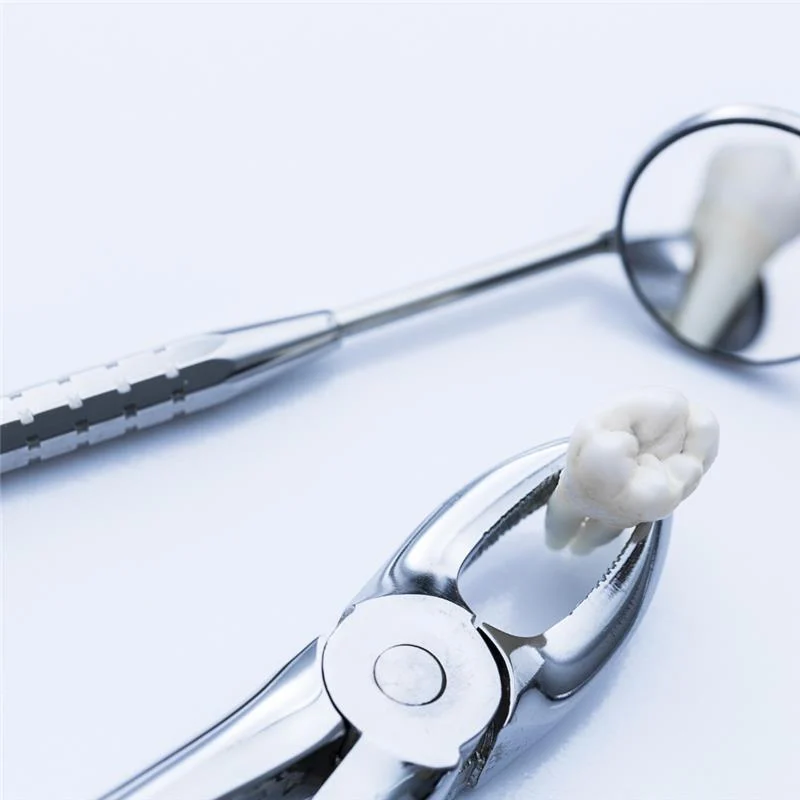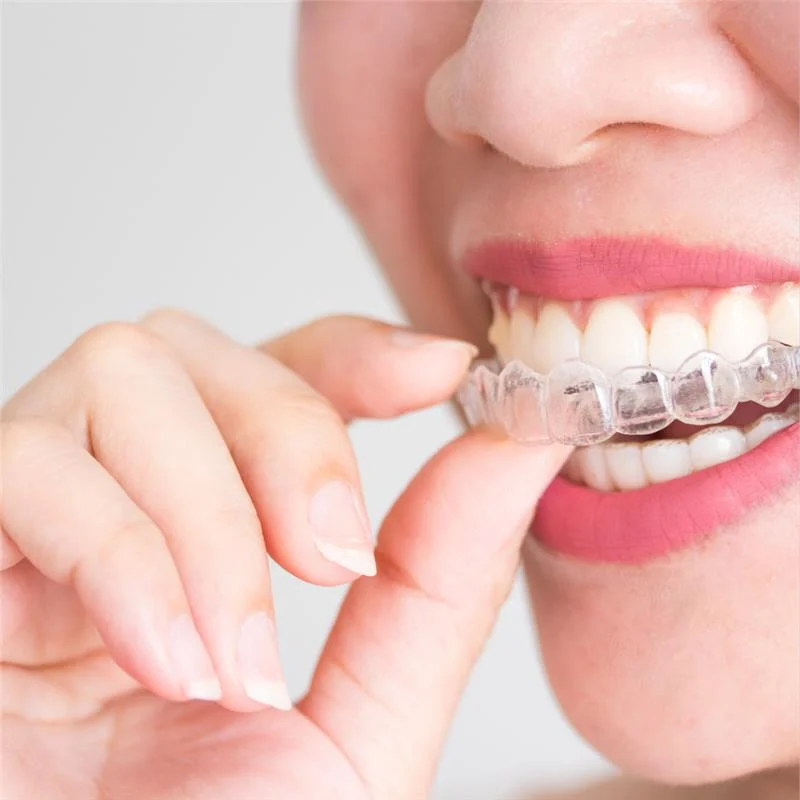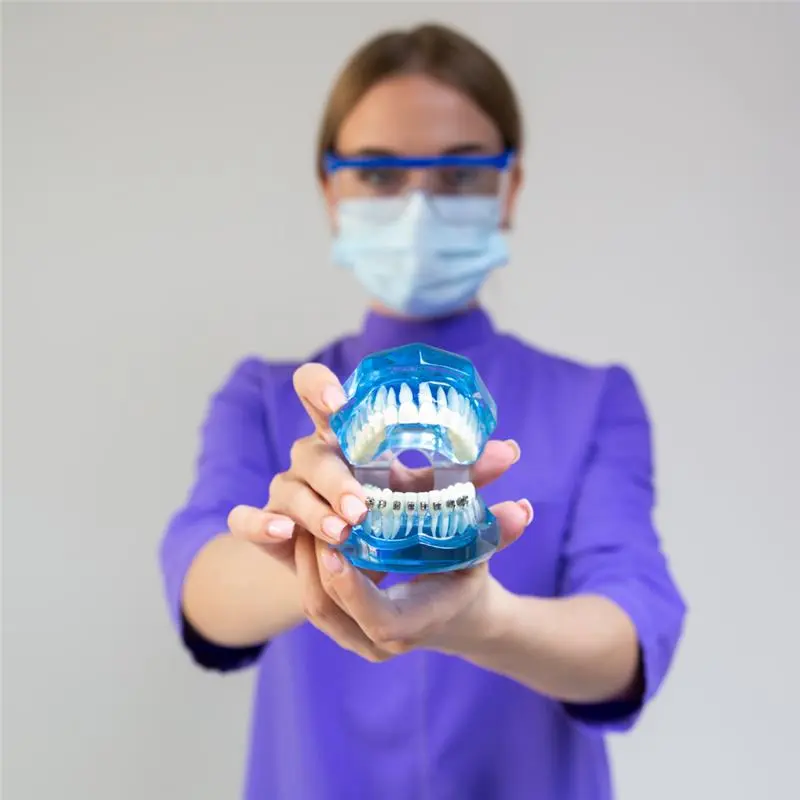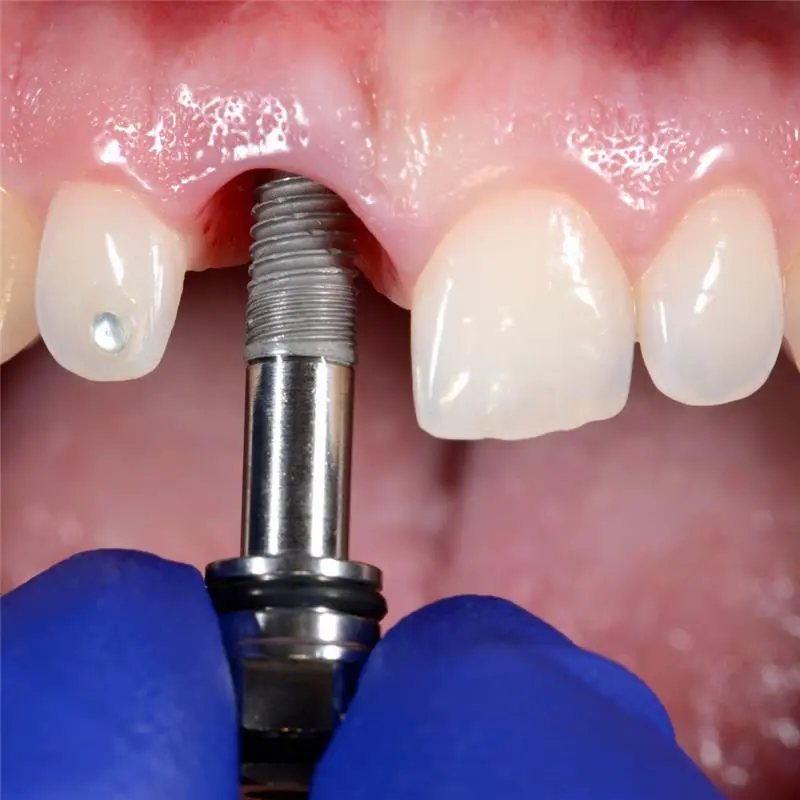The Impact of Getting Referred to a Dentist Reviewed by Dr. Kalpesh Patel 5 min Read When dealing with specialized dental issues or seeking a second opinion, being referred to a dentist can be a game-changer. Referrals often connect you with experts tailored to your specific needs, ensuring optimal oral health care. Here’s a closer look at how referrals impact your dental journey and why they matter. 1. Access to Specialized Care Not all dental issues can be resolved by a general dentist. Whether it’s a complex root canal, orthodontic correction, or dental implant placement, referrals connect you to specialists like endodontists, orthodontists, or periodontists. These experts have advanced training to handle complex cases. Why It Matters: A referral ensures you’re treated by someone with in-depth expertise in your specific issue, reducing the risk of complications and improving treatment outcomes. In-office professional whitening: Dentists use stronger whitening agents that can provide immediate results. This method is especially helpful for heavy smokers who need quick and visible improvements. At-home whitening kits: Your dentist can provide you with a custom tray and whitening gel that you use at home. It’s a slower process but can still give great results over time. For the best outcomes, smokers may need to repeat these whitening treatments more frequently than non-smokers to maintain the brightness of their teeth. 2. Personalized Treatment Plans When referred, the new dentist receives detailed notes and records from your current provider. This collaborative approach allows for a personalized treatment plan that considers your dental history, current concerns, and future needs. Why It Matters: A well-informed dentist can tailor their care to your specific requirements, ensuring your treatment is both efficient and effective. 3. Enhanced Trust and Confidence Referrals often come with a seal of trust. Your general dentist refers you to someone they know will provide excellent care. This trust between professionals translates to confidence in your treatment. Why It Matters: Feeling secure about your dental care helps reduce anxiety and creates a smoother treatment experience. 4. Streamlined Communication Referrals create a direct line of communication between your general dentist and the specialist. This ensures all your records, x-rays, and treatment plans are shared seamlessly, minimizing the hassle of repeating procedures or providing duplicate information. Why It Matters: Streamlined communication saves you time and ensures that your care providers are always on the same page. 5. Better Long-Term Outcomes When you’re referred to a specialist, precision and expertise often lead to better long-term results. Whether it’s a perfectly aligned smile from an orthodontist or a durable dental implant from a prosthodontist, specialists focus on delivering lasting solutions. Why It Matters: Quality care from a specialist enhances oral health and reduces the likelihood of needing corrective procedures in the future. 6. A Second Opinion Adds Clarity Sometimes referrals aren’t just for specialists—they’re for second opinions. If you’re unsure about a diagnosis or treatment plan, a referral allows you to consult another dentist for peace of mind and alternative perspectives. Why It Matters: Getting a second opinion helps you make informed decisions about your oral health, ensuring you choose the right path forward. 7. A Network of Care Providers Referrals open the door to a network of dental professionals. This can be especially beneficial if you require multi-disciplinary care. For instance, if you need gum treatment before an implant, a periodontist can work alongside your implant specialist for cohesive care. Why It Matters: A collaborative approach ensures every aspect of your oral health is addressed efficiently and effectively. Conclusion: Your Path to Optimal Oral Health Getting referred to a dentist is more than just switching care providers—it’s about accessing specialized expertise, personalized treatment, and improved long-term results. Whether you need advanced procedures or a second opinion, referrals ensure you’re in the best possible hands. At Active Dental Flower Mound, we work closely with a trusted network of specialists to ensure you receive top-notch care tailored to your needs. If you’ve been referred or are considering a consultation, reach out today to experience exceptional dental care firsthand. Why It Matters: A collaborative approach ensures every aspect of your oral health is addressed efficiently and effectively.


